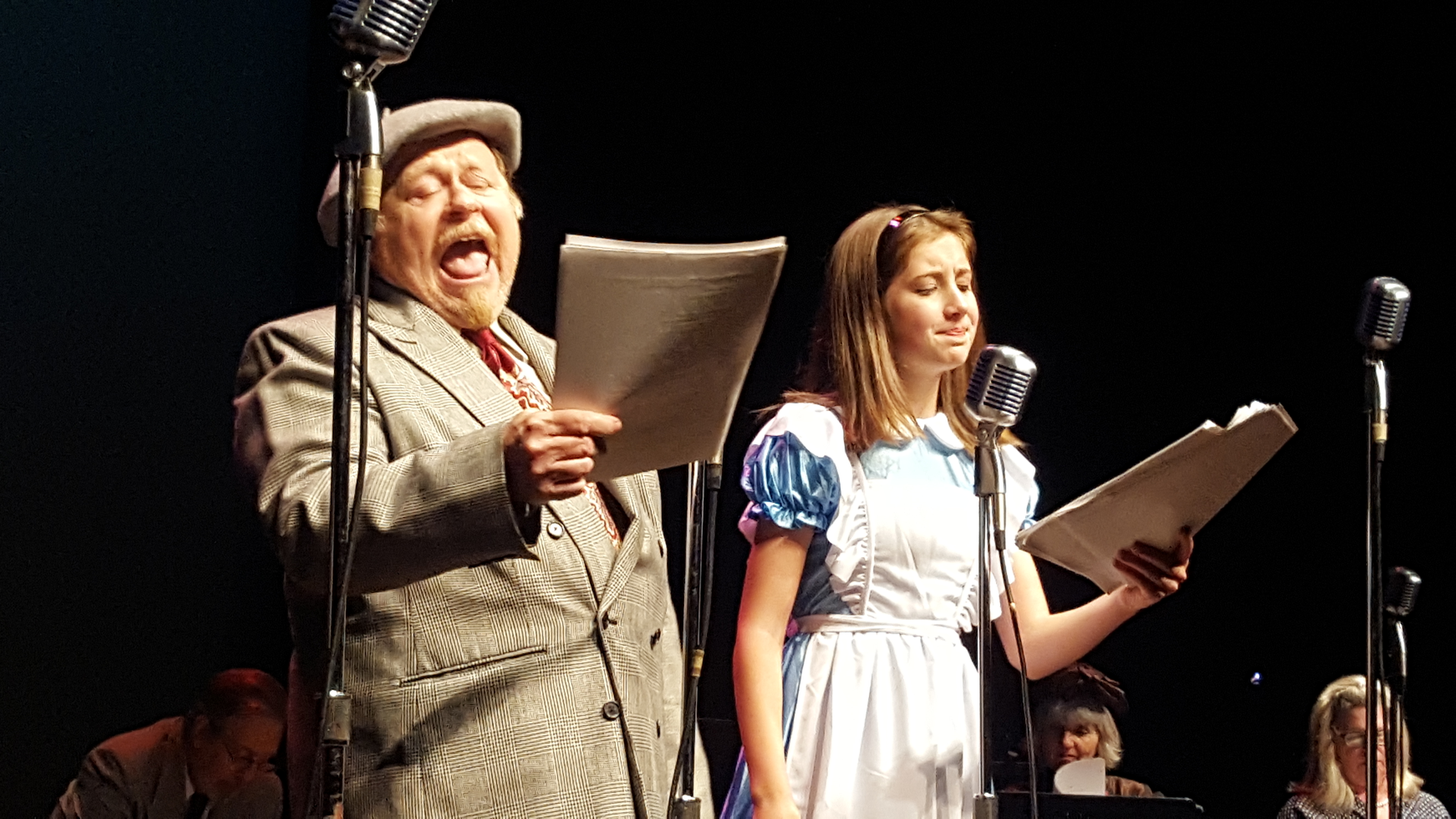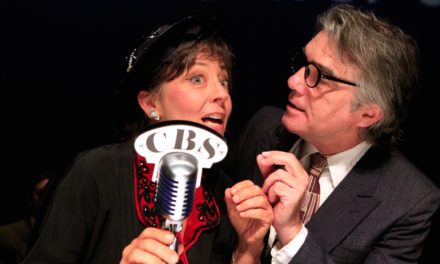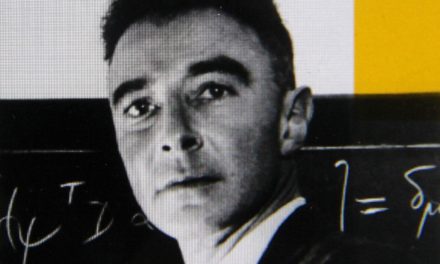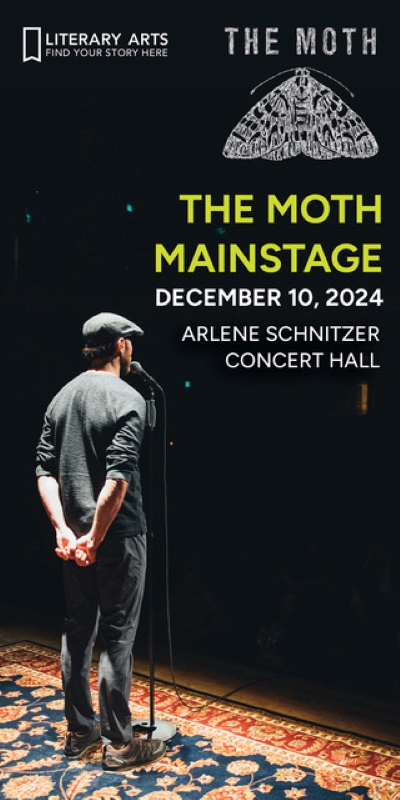By Daniel Buckwalter
(#CommonManAtTheSymphony)
It’s the stories we hear, the events we see and pass along — stories whose seeds are planted in our mind — that take root in our imagination.
Those stories can grow and sometimes be embellished when we retell them over the years, but if we are fortunate to grow old, those stories, those roots, can also sprout branches of wisdom. We will see the colors to all sides of an equation and understand that those planted seeds of a story are but a small sample of a tale.
Take Maurice Ravel’s Boléro, for example.
Its beautiful simplicity — just two melodies that alternate a handful of times with the same rhythmic pulse and which starts softly, then builds to a cascading crescendo, all in 13 minutes — is enough to always spur the imagination and create stories.
And you never forget the first time you heard it.
The first time I remember paying strict attention to Boléro was in 1984. Strangely (for me, at least), I was watching the Olympic Ice Dancing competition from Sarajevo, Yugoslavia. The city is now the capital of Bosnia and Herzagovina.
In particular, I was watching the pure artistry of Great Britain’s Jayne Torvill and Christopher Dean. They took a four-minute-plus version of Ravel’s best-known work to artistic and athletic heights I had not yet imagined, winning a historic gold medal that is still talked about.
Torvill and Dean made Boléro their story of Romeo and Juliet racing up an active volcano. At the top — at the music’s climatic moment — they threw themselves on the ice, or into the fire of the volcano. It was a sad but gripping program.
The Eugene Symphony Orchestra on May 19, under the direction of Francesco Lecce-Chong, chose a more life affirming interpretation of Boléro at the Hult Center’s Silva Concert Hall.
It was another installment of the symphony’s C3 series — how music inspires creativity, connection and community. This night celebrated friendships, and the symphony, as well as the audience, had fun, especially with Boléro.
Before that, however, came what one patron called the “delightfully silly” story of a mad man, titled Don Quixote: Fantastic Variations on a Theme of Knightly Character by Richard Strauss, with guest cellist Joshua Roman doing masterful work as the lead character.
That was followed by Edward Elgar’s Enigma Variations, including variation IX — Nimrod — which will forever stand out for me as a tribute piece that we all should aspire to have played in our honor.
The night, though, belonged to Ravel’s Boléro and members of the Eugene Symphony who were filmed at various locales in Eugene, celebrating friendships and the city while playing their parts of the piece, and in perfect synchronization to the orchestra on stage, too. It was well done.
From Skinner’s Butte to Spencer Butte, The Jazz Station to the Eugene Public Library, Kesey Square and Autzen Stadium — even a trombonist who was sporting hip waders while standing in the Willamette River, next to a fisherman — the city had its turn to shine.
The star of the film was percussionist Tim Cogswell, as it should have been.
For all of Boléro’s ballet-like grace (and there have been some wonderful dance interpretations of the piece), the one constant is the rhythmic underpinning of the snare drum.
Cogswell was perfect on stage, and his stoic demeanor was the perfect comedic contrast to the expressive nature of the other players in the filmed portion of the piece.
It was the perfect way to celebrate spring, friendships and the city.










